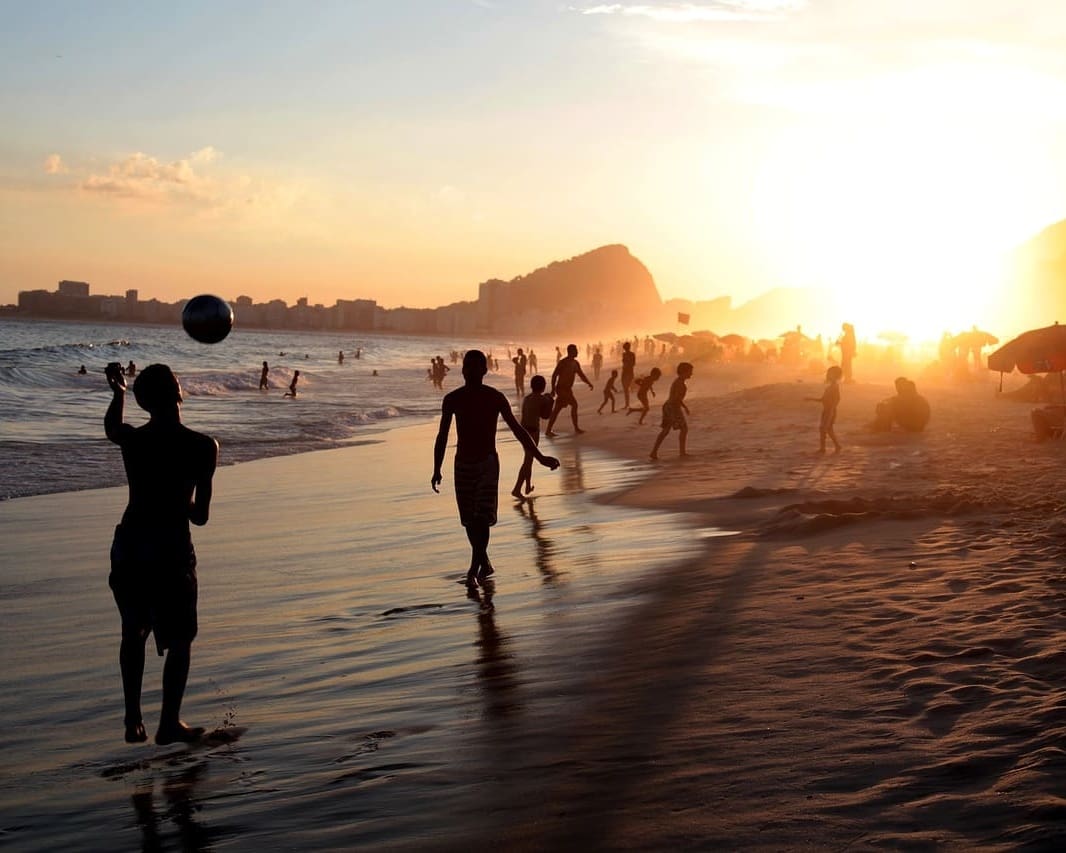Discover Brazil, a country of rhythmic vitality and stunning natural beauty, from the lively beaches of Rio de Janeiro to the dense Amazon Rainforest.
Experience the rich cultural heritage of Salvador, the urban vibrancy of São Paulo, and the secluded sands of Fernando de Noronha. Marvel at the majestic Iguazu Falls and the biodiverse Pantanal. This guide promises to navigate you through Brazil’s diverse landscapes, traditions, and flavors, offering tips for exploring its wonders.
Whether you’re drawn to the excitement of Carnival, the charm of historic towns, or serene beach getaways, Brazil offers an adventure for every traveler, inviting you to celebrate its unique spirit.
Welcome to your unforgettable Brazilian journey.

The Best Time To Visit
The best time to visit Brazil varies by region. The dry season from June to October is best for the Amazon and Pantanal; September to March is ideal for the warm, northeastern beaches; April to June and September to November offer pleasant weather for exploring Rio de Janeiro, São Paulo, and the southeast.
In the temperate south, spring (September to November) and autumn (March to May) are recommended for mild temperatures. For those wishing to experience Carnival, plan for late February or early March, though expect larger crowds.
Generally, spring and autumn are the best overall times to visit for mild weather and fewer tourists.
What To Know
The official language of Brazil is Portuguese, making it the largest Portuguese-speaking country in the world.
Brazilian Portuguese has its own unique characteristics, differing slightly in pronunciation, grammar, and vocabulary from the Portuguese spoken in Portugal and other Portuguese-speaking countries.
English is widely studied as a second language, especially in larger cities and tourist areas, but it’s not universally spoken, so knowing some basic Portuguese phrases can be very helpful for travelers.
As a traveler to Brazil, you’ll be using the Brazilian Real.
You’ll find banknotes and coins in various denominations, making it easy to pay for everything from a cup of Brazil’s famous coffee to souvenirs and transport.
Keep in mind that while some places, especially tourist areas, might accept major credit cards, having local currency on hand is crucial for smaller purchases and in more remote locations.
Getting familiar with the Real will help you manage your travel budget more effectively and enjoy a smoother experience while exploring Brazil.
Brazil is a vibrant destination with diverse attractions but requires caution regarding safety.
Crime rates vary by region, with petty theft and more serious crimes more prevalent in certain areas. To ensure a safe trip, travelers should stay aware in crowded places, use official transportation, avoid displaying valuables, and steer clear of known high-crime areas, especially at night.
While tourist spots are generally safer and well-patrolled, it’s also important to heed local advice on natural dangers. With sensible precautions, many visitors enjoy Brazil’s beauty and culture safely each year.
Brazil’s public transport system varies widely across the country, encompassing buses, metro systems, taxis, and in some cities, ferries.
In large urban centers like São Paulo, Rio de Janeiro, and Brasília, you’ll find extensive metro and bus networks that facilitate relatively easy movement within the cities. Buses are the most common form of public transportation across the country, connecting not only city neighborhoods but also different towns and regions.
For longer distances, intercity buses and domestic flights are popular options, given Brazil’s vast size.
Taxis and ride-sharing services are widely available in major cities and are a convenient, albeit more expensive, way to get around. Some cities also offer unique modes of transport, such as the scenic cable cars in Rio de Janeiro that provide breathtaking views of the city.
While public transport is generally accessible and affordable, navigating it can sometimes be challenging due to crowded conditions and language barriers. It’s advisable to plan your route in advance and, if possible, use apps and technology to aid your travel within Brazil.
Brazil Travel Guides
April 19, 2024
Get To Know The Macaw
March 1, 2024
